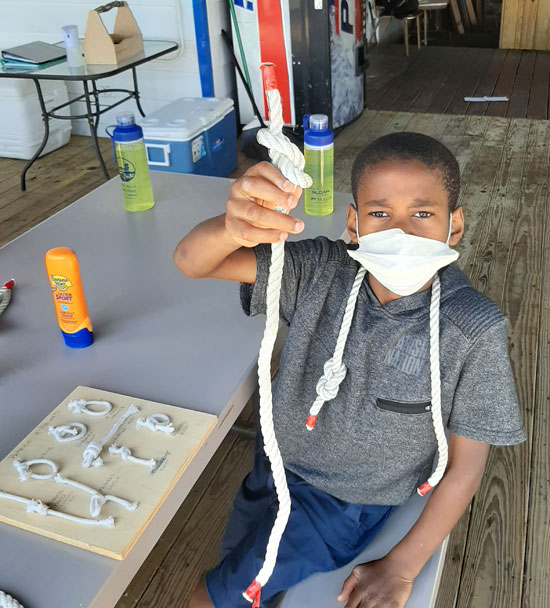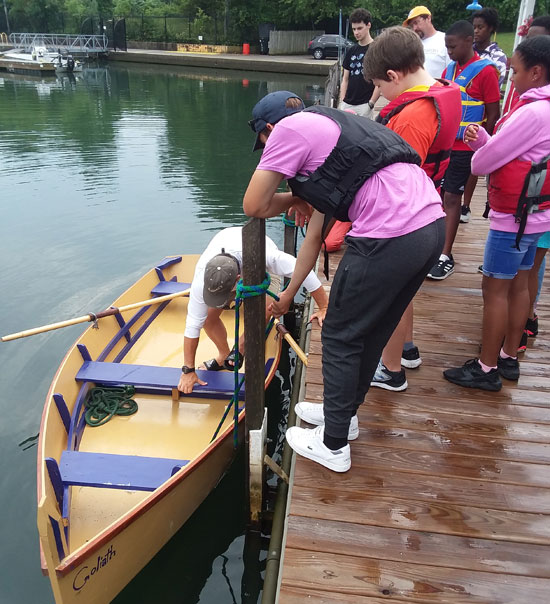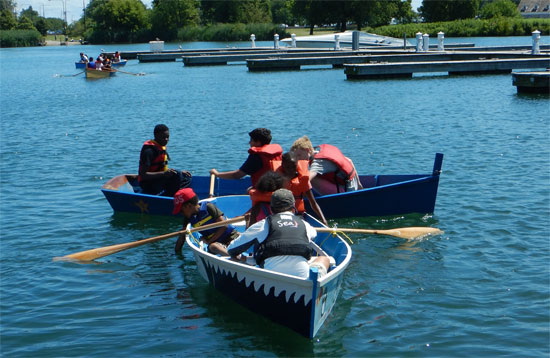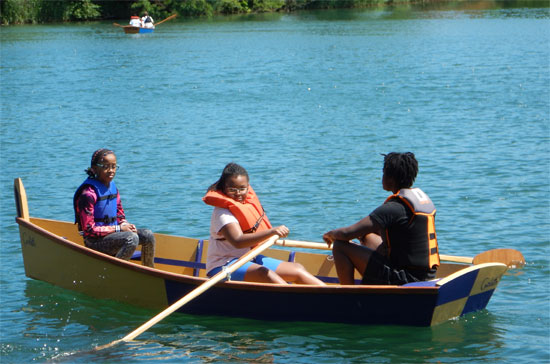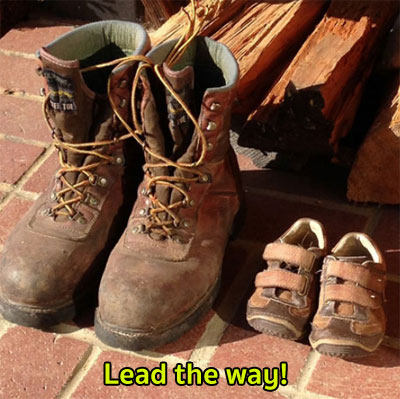Day 1, Chicago Maritime Arts Center Boating Skills and Ecology Program
The first day of the Chicago Maritime Arts Center Boating Skills and Ecology class got underway on a beautiful morning at the South Shore Yacht Club on the inner lagoon at Jackson Park in Chicago. Amidst the changes brought on by Covid-19, we introduced ourselves to the students and coaches with a thermometer and mask instead of the customary handshake.
With the students scattered at a density of two per picnic table, we begin with lengths of rope and a sample board of various knots worth learning to tie. Starting with the simple figure-eight knot, the would-be young mariners learn the difference between an overhand knot and a figure-eight knot. Do you know the difference? I’ve come to label their knots as “figure-four’s” (an overhand knot), “you’ve got it” (the real figure-eight knot), or a “figure-twelve” (three wraps). Frustration ultimately gives way to laughter and the feeling of accomplishment.
BTW, here’s a link to a great site that shows animations of different knots … https://www.animatedknots.com/
We move on from the figure-eight to a square knot (like tying your shoes) and then to the feared Bowline Knot, the most useful knot in the world. This knot frustrates the most patient mariner until one moment, they “get” it. Knowing just when to lend an experienced hand to guide smaller hands can be challenging. Though many odd-looking variations will blossom from their efforts, over the next five days, the young mariners will become proficient at tying the bowline. Almost as proficient as asking the question…”Can we get in the boats now?”
With the anticipation of getting into the boats heating up, our next section was boating and dock safety. On a docks tour, we teach the students why swimming in and around the docks is dangerous — not only from the risk of electrocution from bad wiring but from the many obstacles in the area. We show the mariners the many ways to help someone in the water without endangering yourself and how to get out of the water if you were to fall in. We ask the students to be observant and identify ladders, swim platforms, and life rings as they walk onto a dock. Part of being a prepared mariner is knowing where swim ladders are, which boats have swim platforms that can help a struggling swimmer, or where life rings or even water hoses are that you might throw to help a swimmer back to safety.
After a lunch of deli sandwiches and the endless checking of cell phones, the much-anticipated chance to get in and explore the boats has come.
Painstakingly, we emphasize how to get into a boat properly. Centering your weight and balance as you gently crouch, spin around, and sit down. As instructors, we’re aware none of our words mean much until one of the students flips into the water. But, this is how kids learn — learning best by doing.
 Here is a VIDEO of one of young mariners, Nathan, teaching Coach Travis how to tie a Bowline.
Here is a VIDEO of one of young mariners, Nathan, teaching Coach Travis how to tie a Bowline.
One by one, the kids board the small rowing boats, and we set them free from the dock, into what soon resembles nothing so much as a bumper car carnival ride, The new mariners’ departure from the dock swiftly segues into a spider dance on the water… oar’s flailing, boats spinning and nobody making much headway. Fortunately, the South Shore Yacht Club’s docking area is small, and the wind helps to keep our small Bevin Skiffs in the “corral.” But, by the end of the afternoon, the wails of frustration and “I can’t do this” slowly turn to giggles of accomplishment as the young mariners begin to coordinate the swing of their arms with the boat’s motion.
The day ends in a pile of tossed life jackets, quick fist bumps and exaggerated leg and arm movements as the new mariners walk down the dock.
Should you be so inclined you can help us find a land base, sponsor a student or help cover our operating costs right HERE.. https://www.chicagomaritime.org/donate-1
Until next time, stay well… and enjoy the summer while it’s still here.
– Dave

